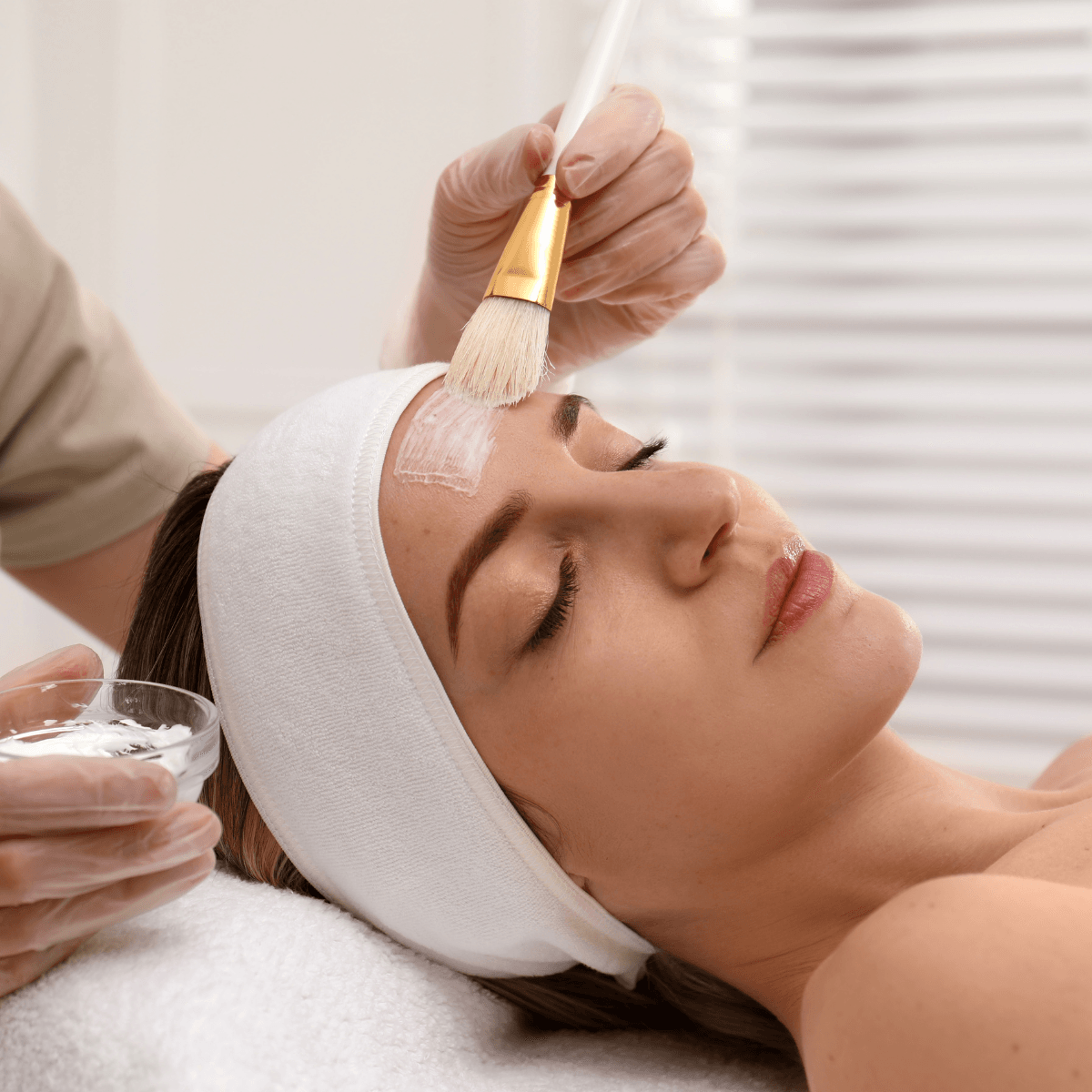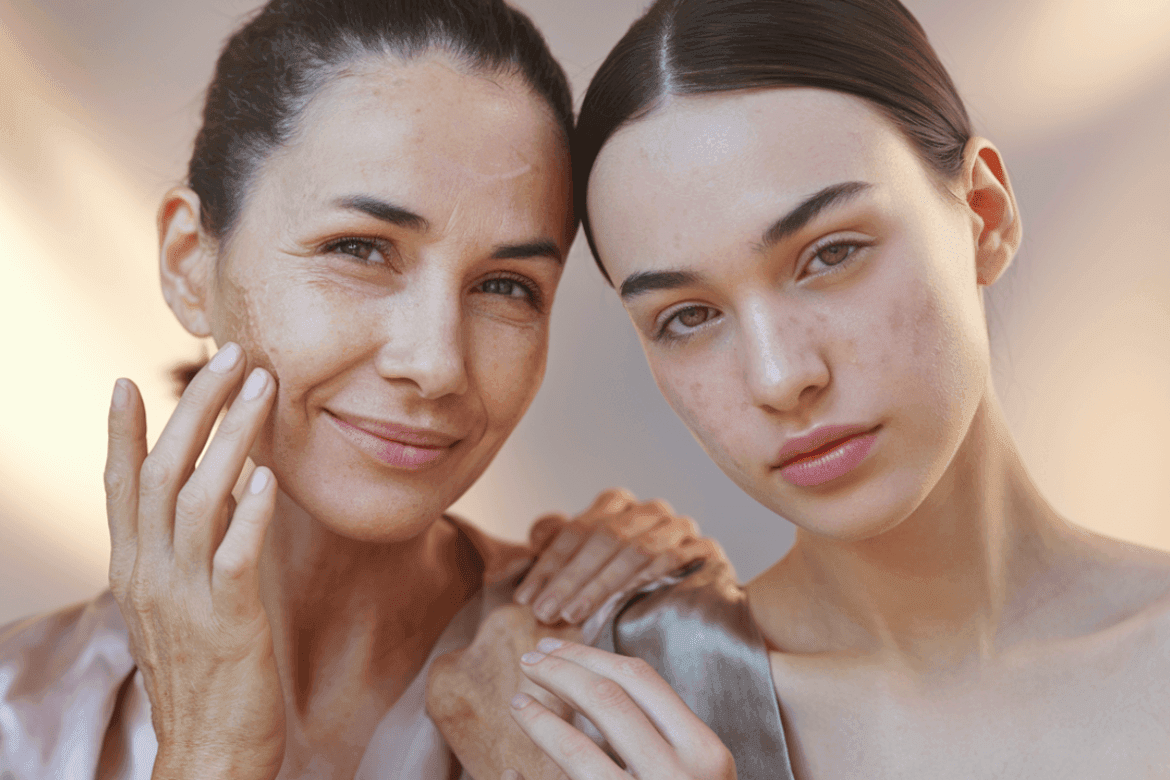Aging is a natural part of life. But what if we told you that much of what we call “aging skin” isn’t really aging at all? It’s photoaging, or the damage your skin accumulates over time due to sunlight. Yep, those laugh lines and sunspots might not be from too much smiling but from too much sunbathing. Don’t panic – understanding photoaging is the first step to tackling it head-on. Let’s dive into what it is, how it happens, and what you can do to prevent and treat it.
Contents
What is Photoaging?
Photoaging is a fancy term for premature skin aging caused by UV radiation – and no, it doesn’t just happen during summer vacations. Ultraviolet rays are sneaky and relentless, breaking down collagen and elastin in your skin over time. These are the proteins that keep your skin firm, smooth, and bouncy.
The signs? Fine lines, wrinkles, sunspots, uneven texture, and sometimes that leathery look we’d all prefer to avoid. Think of it this way: photoaging is like hitting the fast-forward button on your skin’s aging process. Not a good look, right? Luckily, we’re about to explore how to stop it in its tracks.

What Factors Contribute to Photoaging?
Let’s spill the (sun) tea. Multiple factors accelerate photoaging, but the biggest culprit is – you guessed it – sunlight.
- Sunlight and UV Rays: UV-A rays penetrate deep into your skin, causing long-term damage to collagen and elastin. Meanwhile, UV-B rays are the ones responsible for painful sunburns. Together, they’re the ultimate skin villains.
- Your Skin Type: Fair-skinned folks are at a higher risk due to lower melanin levels, which naturally protect against UV damage. But don’t think darker skin tones are immune – photoaging comes for everyone eventually.
- Lifestyle Choices: Smoking, pollution, and poor skincare routines? They’re like giving UV rays a VIP pass to your skin. Oh, and if you’re still hitting the tanning bed in 2024, we need to talk.
- Genetics: Blame your parents for your skin’s natural resilience (or lack thereof). Some people are genetically predisposed to show signs of photoaging earlier.
Can Photoaging Be Prevented?
Here’s the good news: yes! Prevention is not only possible but surprisingly simple – if you’re consistent.
- Sunscreen is Non-Negotiable: A broad-spectrum SPF 30 (or higher) is your skin’s best friend. Apply it daily, rain or shine, indoors or outdoors. Yep, even in winter – those UV rays don’t take a holiday.
- Seek Shade: Avoid direct sunlight during peak hours (10 a.m. to 4 p.m.). No one’s telling you to become a vampire, but a little shade goes a long way.
- Protective Gear: Wide-brimmed hats, sunglasses, and UPF-rated clothing are your style staples for sun-safe outings. Think Audrey Hepburn meets modern sun goddess.
- Antioxidants: Skincare products with vitamin C or E can neutralize free radicals and boost your sunscreen game.
If you’ve been skipping sunscreen or relying on a baseball cap as your only defense, now’s the time to upgrade your routine.
Practices and Treatments to Reduce the Signs of Photoaging
Okay, so what if the damage is already done? No need to stress – modern skincare has your back.
Daily Skincare Routine
The first step to reversing photoaging is a solid skincare regimen:
- Gentle Cleansing: Avoid harsh soaps that strip your skin.
- Retinoids or Retinol: These vitamin A derivatives boost collagen and promote skin renewal.
- Hydrating Moisturizers: Keep your skin barrier happy and plump.
- Exfoliation: Chemical exfoliants like AHAs or BHAs help smooth out uneven texture.
Non-Surgical Treatments
For those looking to step up their skincare game, consider professional treatments:
- Chemical Peels: These can reduce pigmentation and improve skin texture.
- Laser Therapy: Treatments like Fraxel or LaseMD target sunspots and stimulate collagen production.
- Microneedling with RF (Radio Frequency): A combo powerhouse for tightening and revitalizing skin.
- IPL (Intense Pulsed Light): Perfect for reducing redness and pigmentation.
Injectables
Not ready for surgery but want dramatic results? Injectables might be your answer:
- Hyaluronic Acid Fillers: Plump and hydrate your skin.
- Botox: Smooth out fine lines caused by repetitive sun squinting (sunglasses are your friends!).
Lifestyle Tweaks
- Load up on antioxidants with a diet rich in berries, leafy greens, and nuts.
- Stay hydrated – dehydrated skin is more prone to damage.

How to Choose the Right Treatment
Not every treatment is right for everyone. Consider:
- Your Skin Needs: Are you battling pigmentation, wrinkles, or both?
- Budget and Time: Some treatments require multiple sessions or downtime.
- Consultation: Always consult a dermatologist or licensed skincare professional.
Photoaging may sound scary, but with a little knowledge and effort, you can keep your skin looking radiant and youthful for years to come. Prevention is your best weapon – sunscreen, antioxidants, and protective habits are your skin’s dream team. And if you’re already seeing signs of photoaging, don’t worry – modern skincare has plenty of tools to turn back the clock.
Remember, your skin is a lifelong investment. Whether you’re applying SPF daily or booking a laser session, every little step helps. After all, glowing skin never goes out of style.


